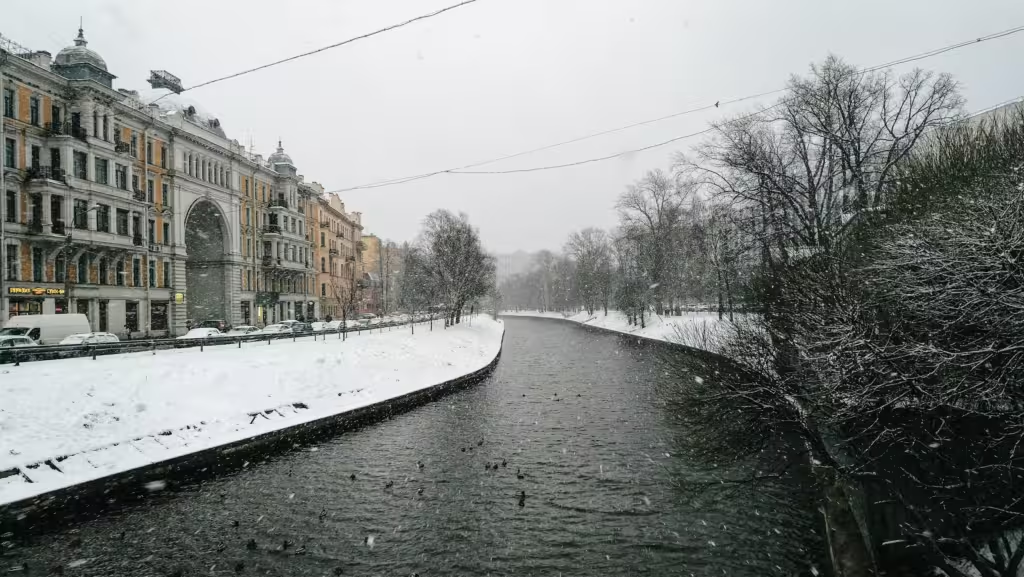If you were told of a Dantean Anomaly you might wonder if someone had found something odd in an early manuscript of the famous Divine Comedy by the man probably christened Durante di Alighiero degli Alighieri, mercifully shortened for non-Italian students to Dante Alighieri or just “Dante”. But it actually refers to a sudden spell of foul weather in the second decade of the 14th century as the non-existent Medieval Warm Period gave way to the pretend-it's-not-there Little Ice Age whose onset may have helped inspire Dante’s 3rd circle of hell in which gluttons are surrounded by food spoiled by rain, hail, snow and mud. And now researchers have found that there seems to have been an equally sudden spike of hot, dry weather a decade earlier that was at least continental in scope. Which throws much alarmism into the flames because if tree ring proxy studies missed this spike, they could easily have missed other rapid natural temperature spikes and drops. And if the climate is and always has been unstable, sober scientists must take into account the possibility that any recent changes are themselves in part or even largely natural.
That view is staunchly resisted in official scientific circles, or at least played down because the political granting organizations don’t want to hear about it. As Eric Worrall observed on Watts Up With That, “if the modern warm period is being driven by quasi-periodic natural forcings rather than Anthropogenic CO2, the ominous resemblance between current conditions and the immediate prelude to the little ice age could be more than just a coincidence. But this does not appear to be a possibility the researchers at the Leibniz Institute have considered.”
On the contrary, the Leibniz paper rechristens the Medieval Warm Period the “Medieval Climate Anomaly” which rhetorically gets rid of the heat and minimizes the significance. But it then apologetically adds “This article does not intend to add to the discussion over whether the MCA and LIA actually occurred and, if so, when the LIA started” before stating in rather dry language that the actual facts should be investigated with regard to what the Abstract frankly calls “the climatic shift from the MCA to the LIA”. So let us not be unkind: Despite puffs of verbal fog the researchers flatly assert that both the MWP and LIA did exist and then proceed to study them.
The actual article proceeds to discuss the nature and limitations of the evidence from wheat and grape crops to wildfires, and also of the conclusions. Which include in section 5.1 that the dendrological (tree ring) record does not always seem to fit contemporary accounts very well. And as long as science generally insists on looking at the facts honestly and interpreting them honestly, the truth will out.


